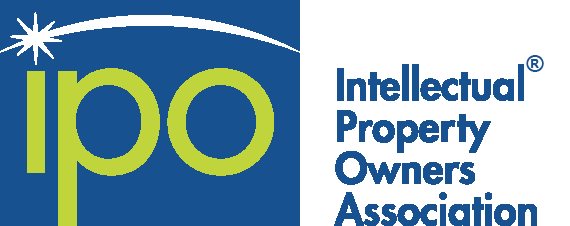In the less than four months since the PTAB designated Ex Parte Schulhauser as a precedential decision last fall, the Board has cited it in more than three dozen appeals from USPTO patent application rejections. Schulhauser, the first ex parte appeal to be designated precedential since 2013, clarified the difference in scope between system and method claims with conditional limitations. That distinction is particularly important in claiming computer-implemented inventions, where patent prosecutors often rely on a combination of method, system, and apparatus claims. (Some life science patents also rely on this multiplicity.) Schulhauser clarified that no patentable weight is given to limitations in method claims that rely on a condition precedent that is not required to be performed — which means an examiner need only show that one of the two “paths” of the method claim is anticipated or obvious over the prior art. By contrast, under the broadest reasonable interpretation, the Board did give patentable weight to conditional limitations in Schulhauser’s system claim, because it recited “structure capable of performing all the recited functions.”
Our panel has examined the follow-on decision citing Schulhauser to provide insight into the varied types of method-claim limitations that have not been given patentable weight, including how to avoid emerging trigger words such as, “carrying out a step upon a threshold being exceeded,” “upon,” “whether,” or “when.” They will also discuss how these decisions extend Schulhauser’s holding to system, machine, and apparatus claims without means-plus-function limitations, and will give other relevant practice tips.
Speakers:
- Christopher Francis, Bejin Bieneman
- Scott McKeown, Oblon
- Eric Raciti, Finnegan, Henderson, Farabow, Garrett & Dunner, LLP

